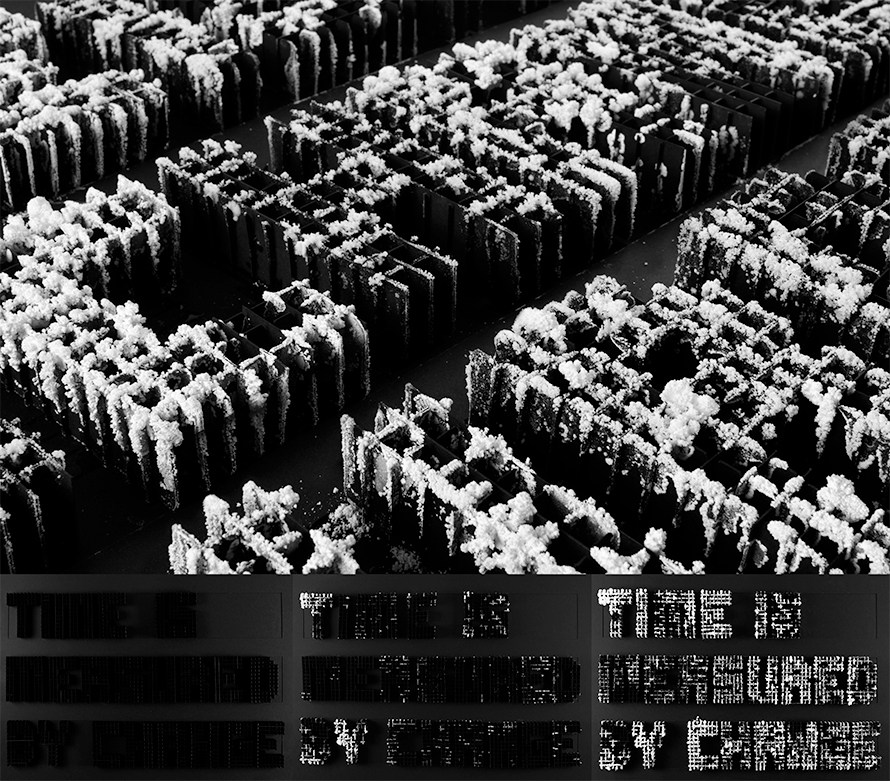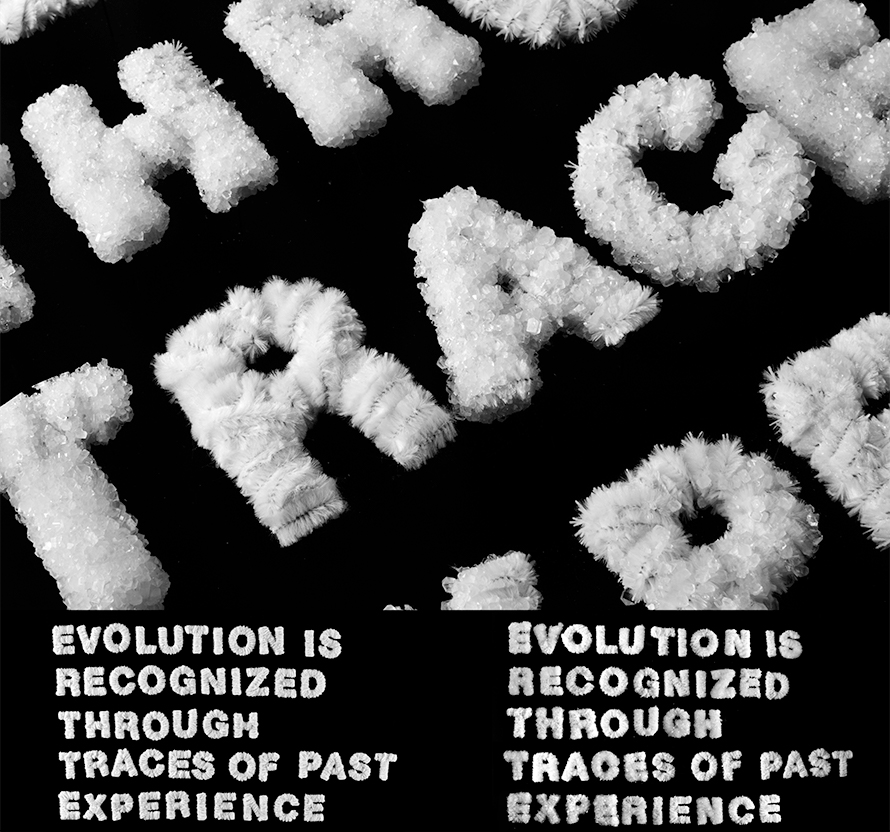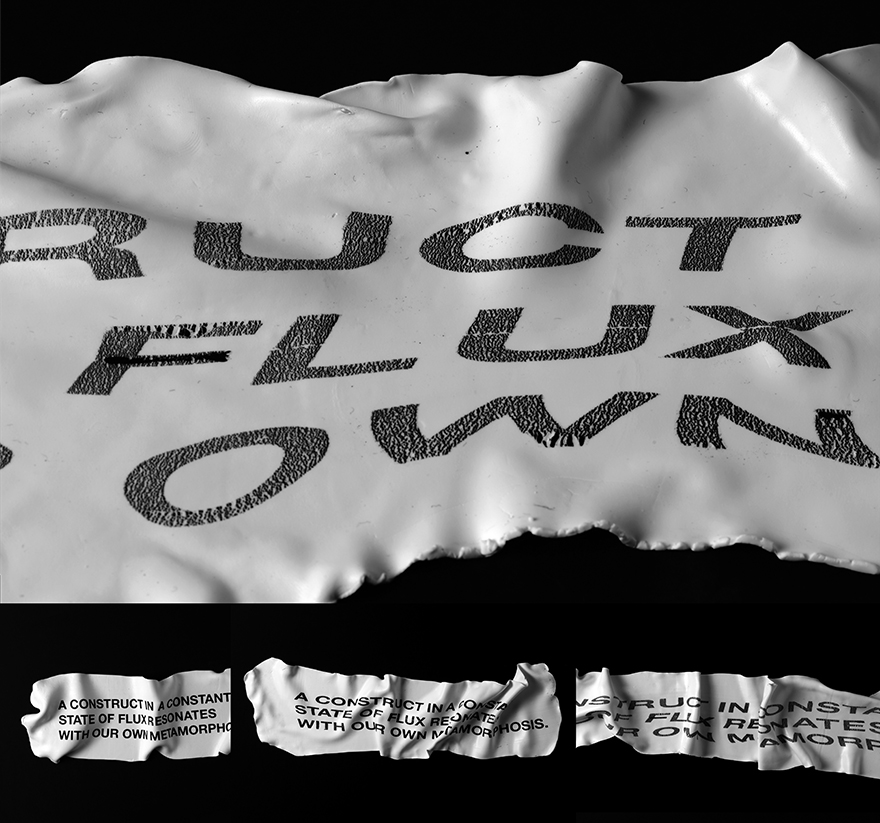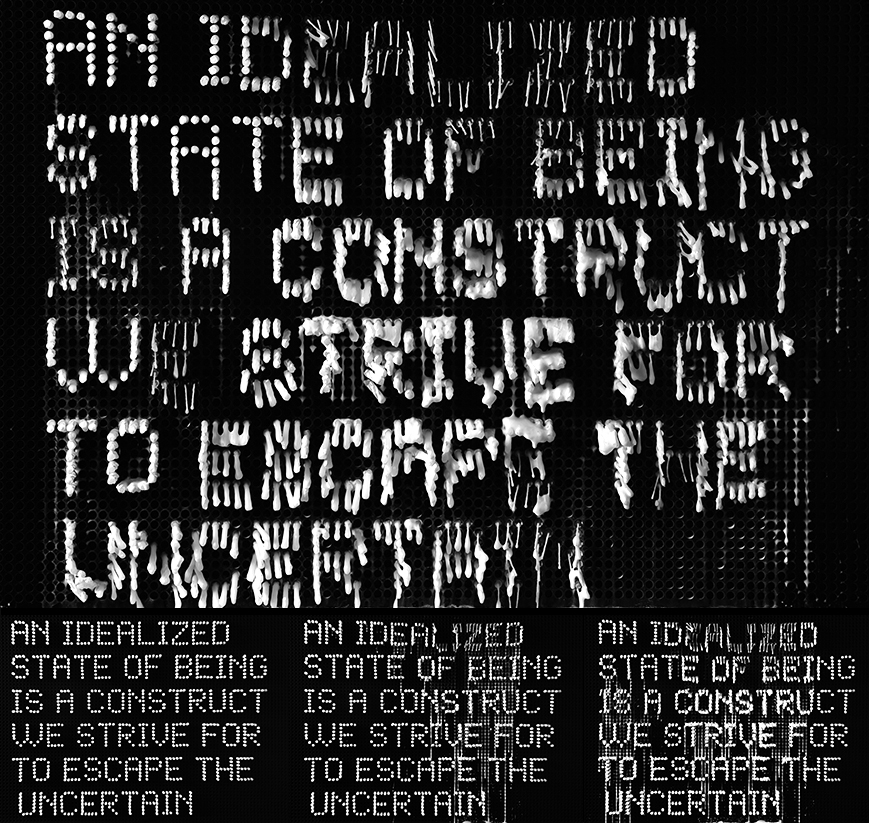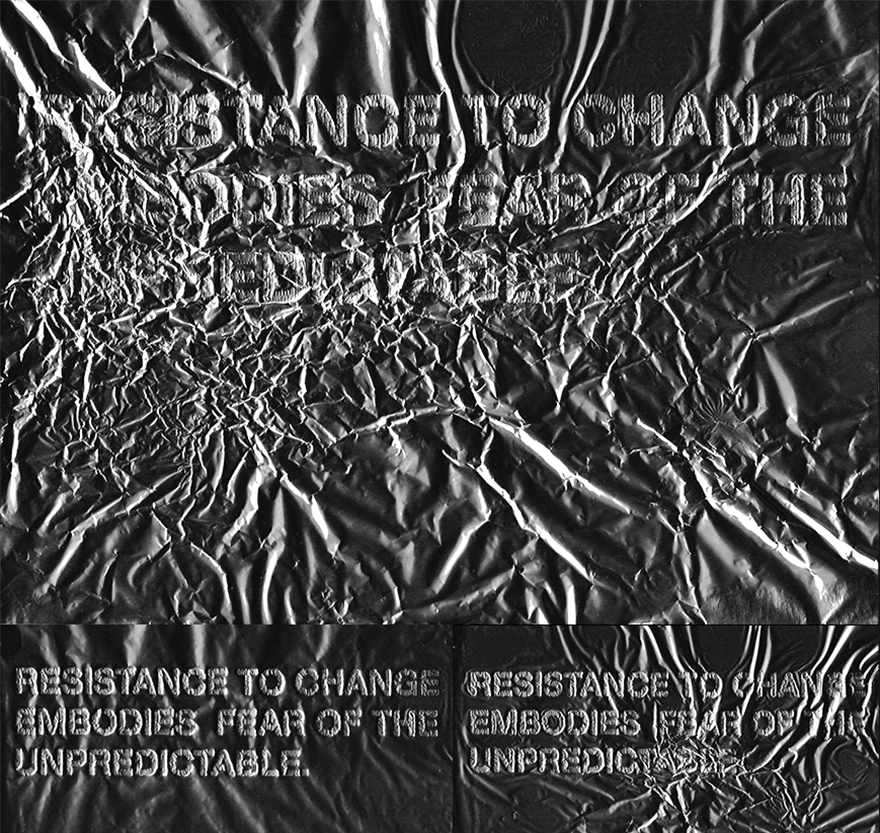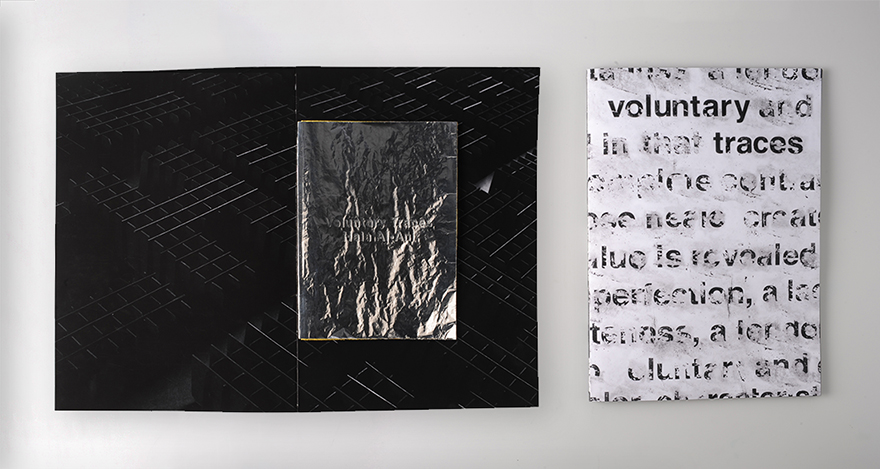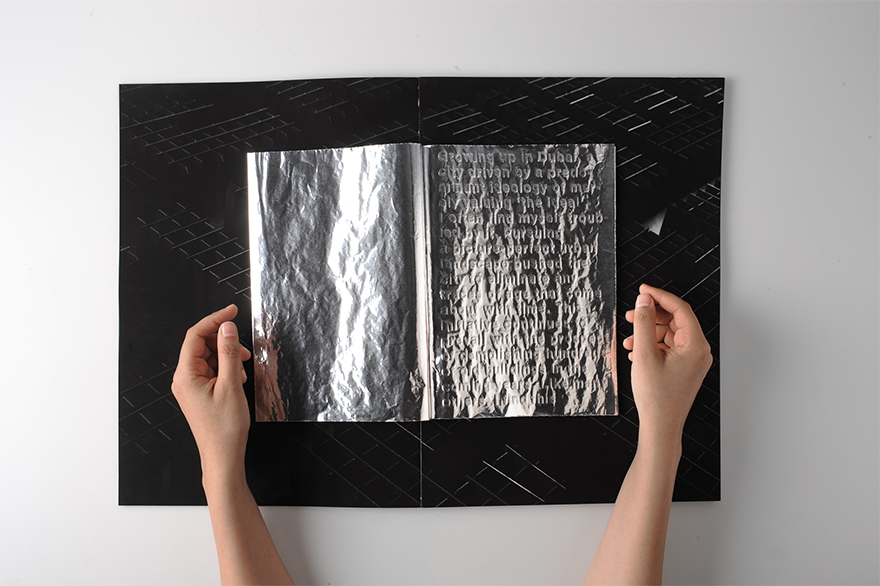Voluntary Traces
- Process /
- Final
I permitted various aging agents to unconditionally alter my work. Taking into account that materials have the ability to record the consequences of exposure to sunlight, rain, wind, temperature, use, and misuse by a process we often refer to as aging, I exposed my work to such agents to understand what it really means for the physical conditions of an object to age. As opposed to a common misconception, the aging process is not only expressed through a disintegration of form and colour. Its meaning includes any “gradual process in which the properties of a material, structure, system, change (for better or worse), over time or with use, due to biological, chemical, or physical agents”. For example, age is expressed in the development of a highly appreciated patina on copper. It is also about the growth of an organism like moss on porous surfaces such as concrete. An old pair of shoes is more flexible than a new one. To develop an overview of this process, I conducted a wide range of material studies and observed traces of age manifested in objects around me to map the effects of weathering conditions and human treatment.
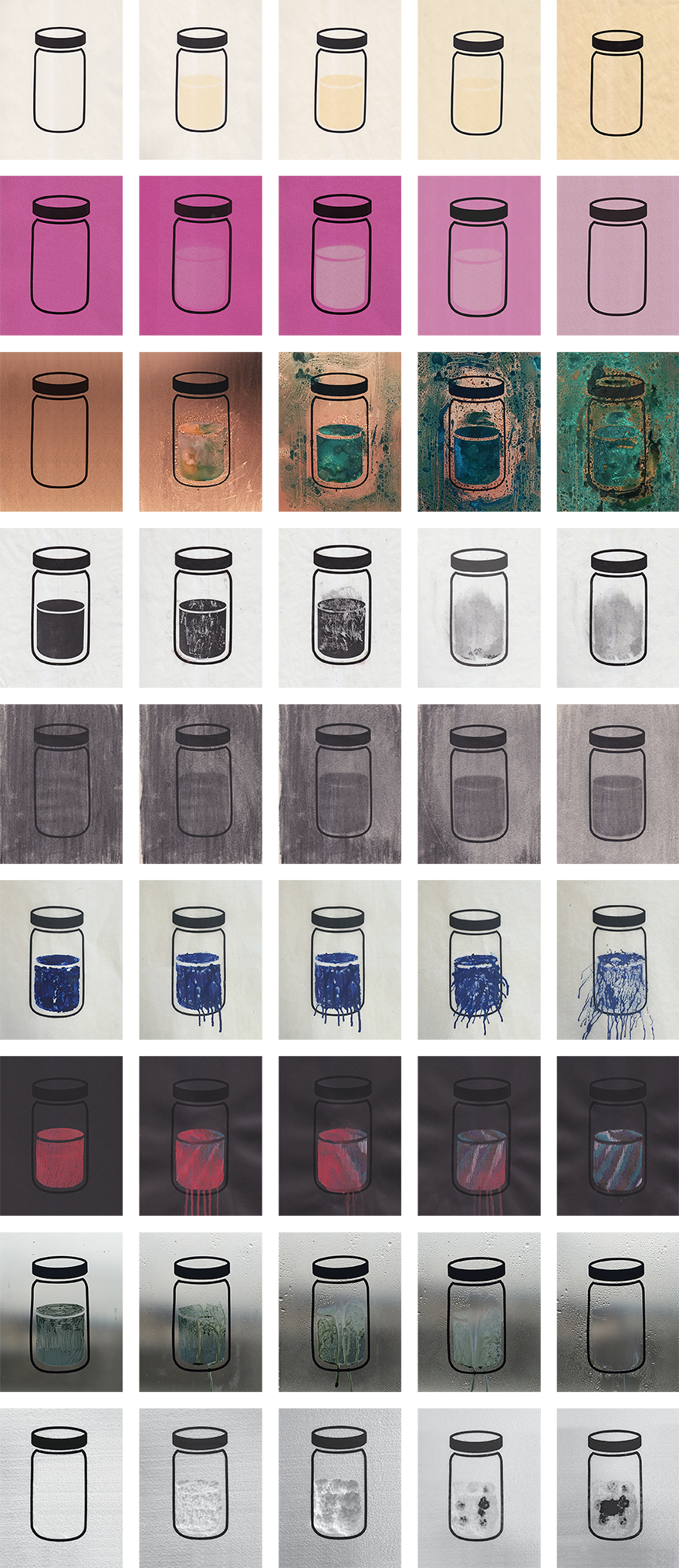
Changes materials suffer affect everything around us, including all kinds of typographic manifestations in books, magazines, posters, and signage, etc. By investigating an overlap between typography and the logic of performance gleaned from the inclination of materials to change over time, I explored the implication of employing this temporal aspect of materiality in challenging the paradigmatic boundaries of typography in physical environments. Ideally, printed letterforms are expected to have passive physical attributes and remain unaltered. What happens if these expectations are challenged? What happens if letterforms are allowed to preform, transform, and express temporality?
Temporality was never native to the field of typography on digital platforms. With the proliferation of digital tools, a wide range of possibilities in fusing traditional typography and cutting-edge animation technology became accessible. One can identify a countless number of screen-based examples that truly explore the notion of temporal typography. Typographic solutions gained the ability to express multiple identities over time and to change “between a word and an abstract shape, or between a word and a scene or object”. This opportunity to apply transformative processes to letterforms has been seen as an escape from “ the constancy of form and meaning a printed sign would have”. By questioning this preconceived expectation that letterforms have static identities when printed, I started exploring the possibility of deliberately employing various transformative processes materials are subject to over time in making typography gain fluidity of form and meaning in physical platforms.
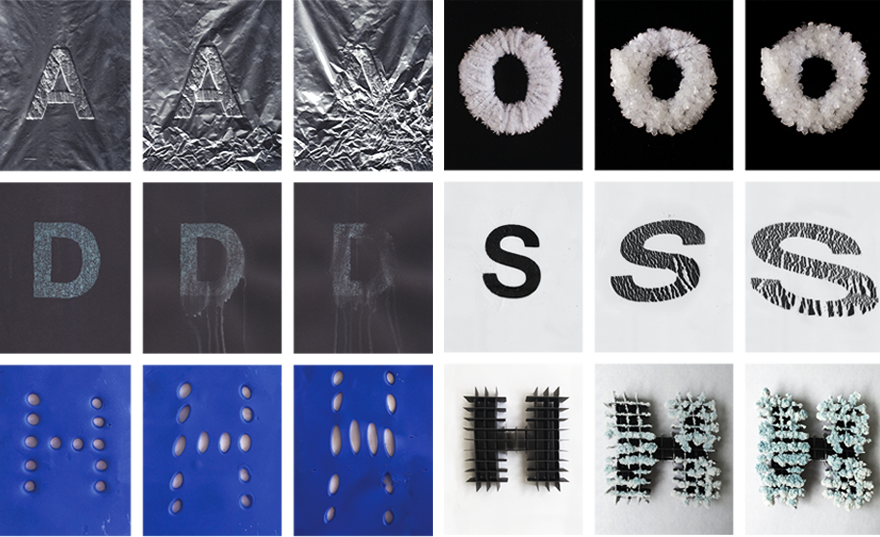




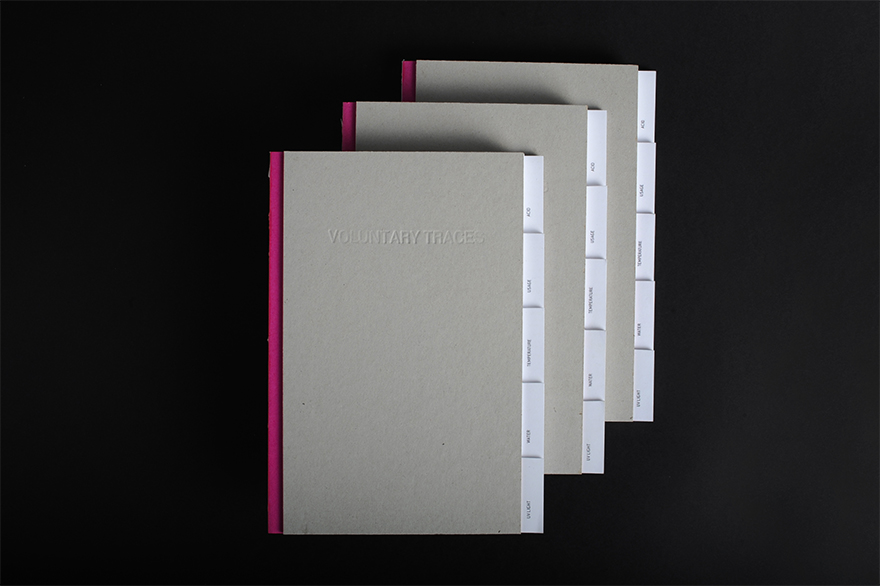
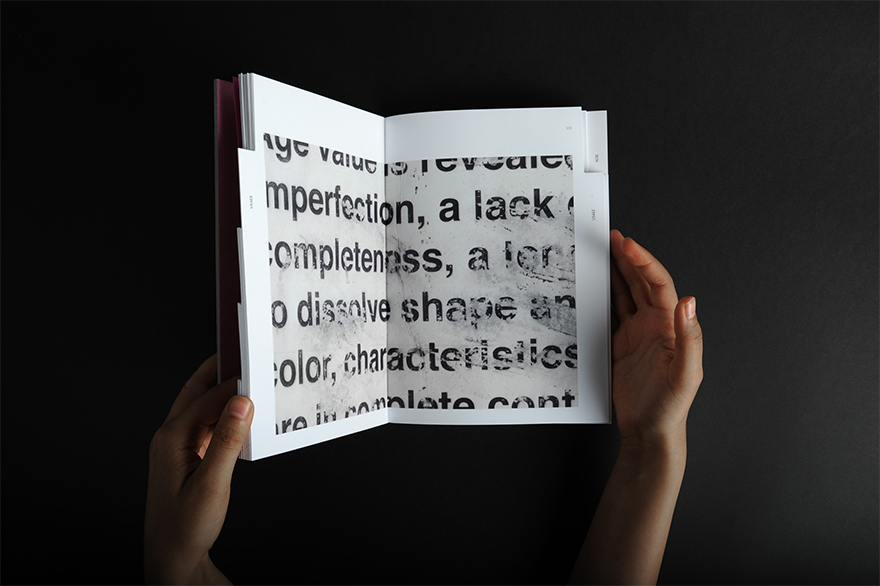
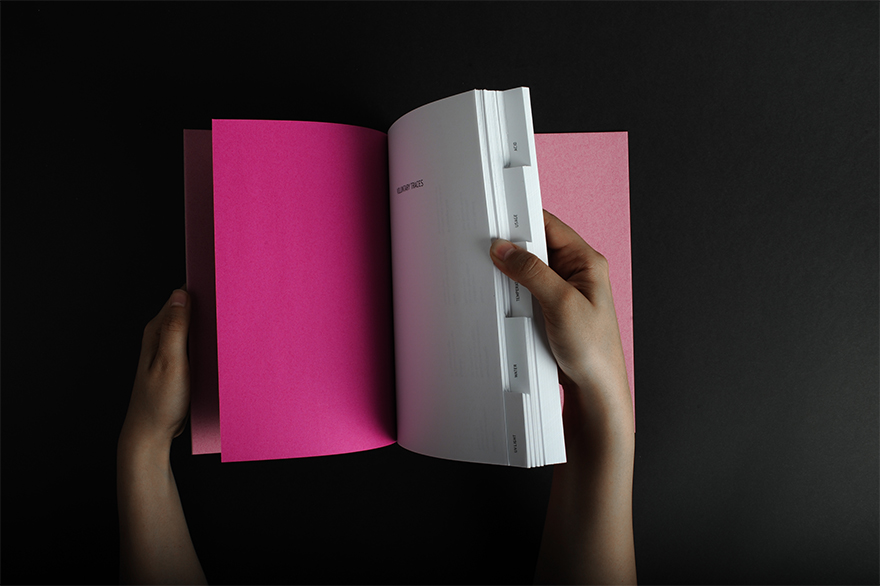
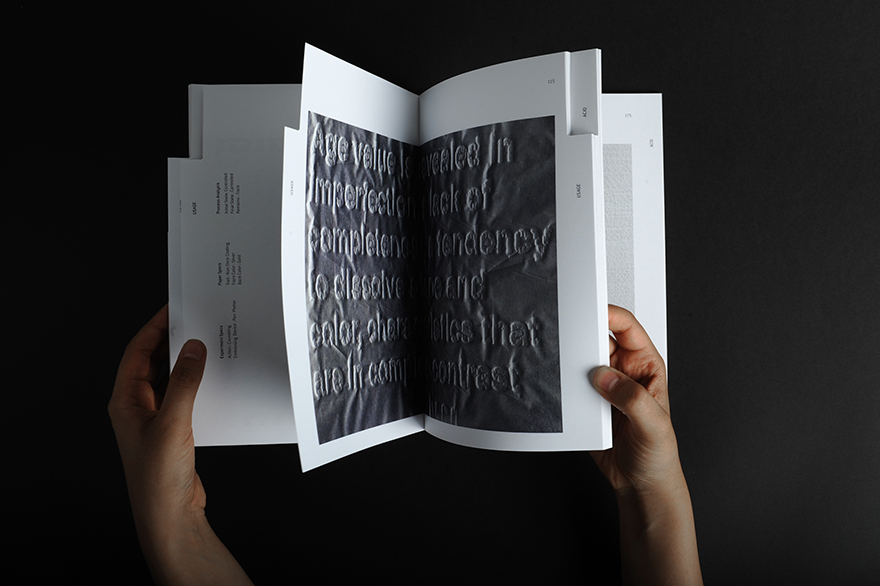
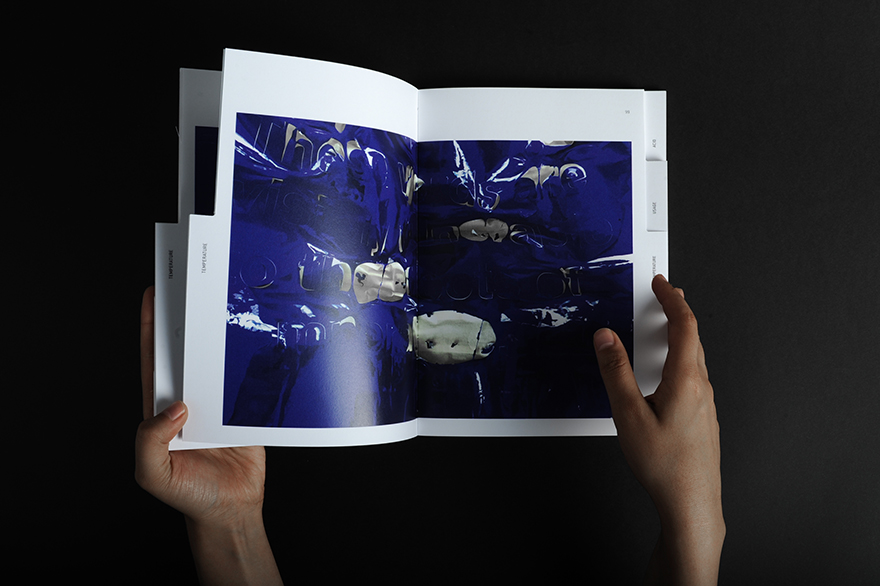
For, indeed, the greatest glory of a building is not in its stones, nor in its gold. Its glory is […] in that golden stain of time, that we are to look for the real light, and colour, and preciousness of architecture; and it is not until a building has assumed this character, till it has been entrusted with the fame, and hallowed by the deeds of men, till its walls have been witnesses of suffering, and its pillars rise out of the shadows of death, that its existence, more lasting as it is than that of the natural objects of the world around it, can be gifted with even so much as these possess of language and of life.
- John Ruskin, The Seven Lamps of Architecture
An idealized state of being is a construct we strive for to escape change. Governed by a common urge to control our circumstances, change is often resisted to prevent the progressive nature of this process from destroying fixed conventions and beliefs. This resistance is manifested in various social and cultural endeavours; one of which is the handling of urban and architectural decay. When the progress of a place is driven by wealth and a portrayal of social stature, the removal of traces of age is validated to retain the built environment in an ideal state. Discarding the effects of passing time ultimately is an assertion of power and control. In a young nation like the UAE, environments are constantly sanitized with persistent and systematic removal of any traces of age that come about with time or usage to maintain a polished façade of perfection. This prevailing mentality of idealizing the Perfect and the Monumental extends to the urban landscape and the architectural topology, where long-standing buildings are prey to “updating” and “reconstruction”, eliminating any and all affects of age. Such methodical sterilization of environments poses critical questions in relationship to identity, culture, history, how those are interconnected with our living spaces.
I, as a participant of this societal construct, propose in this project an opposing stance, where change is not only an expected natural happening, but is an integral pivot of the process; it is both encouraged and celebrated.
